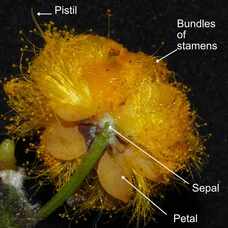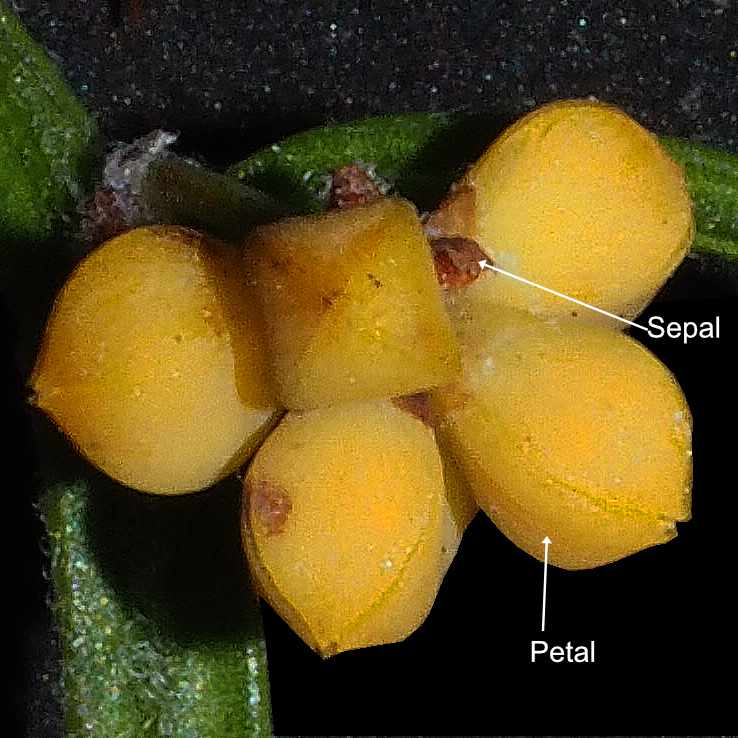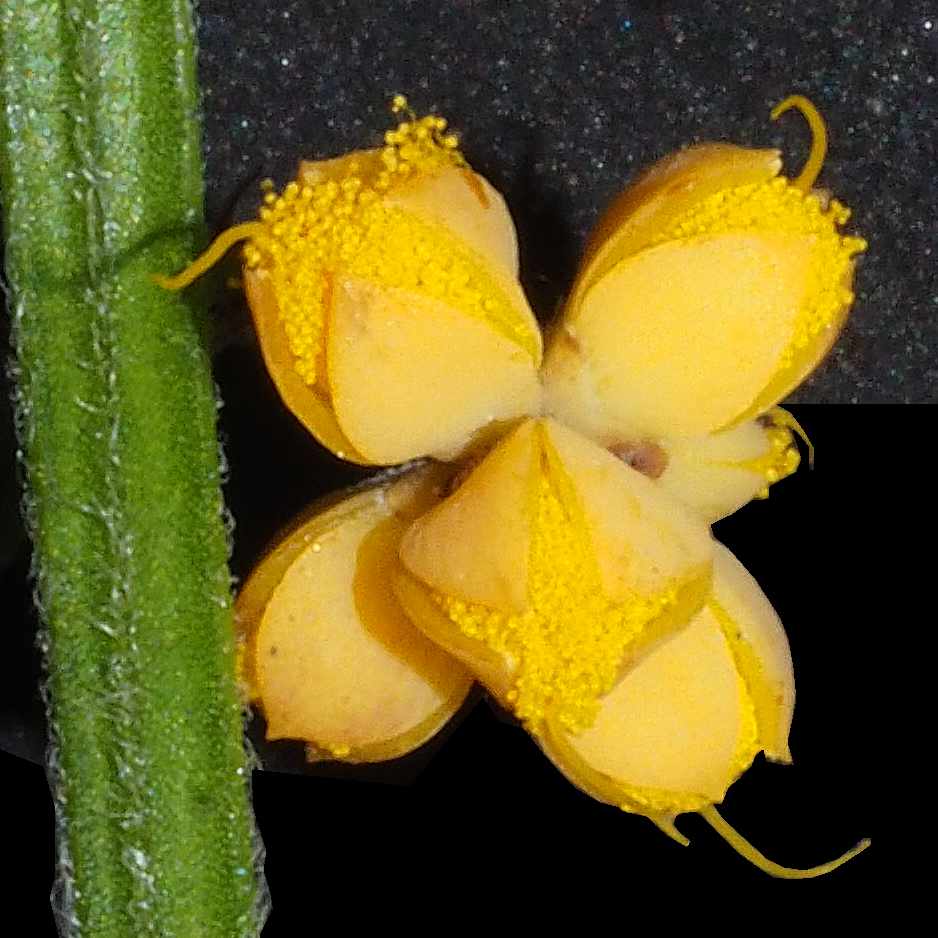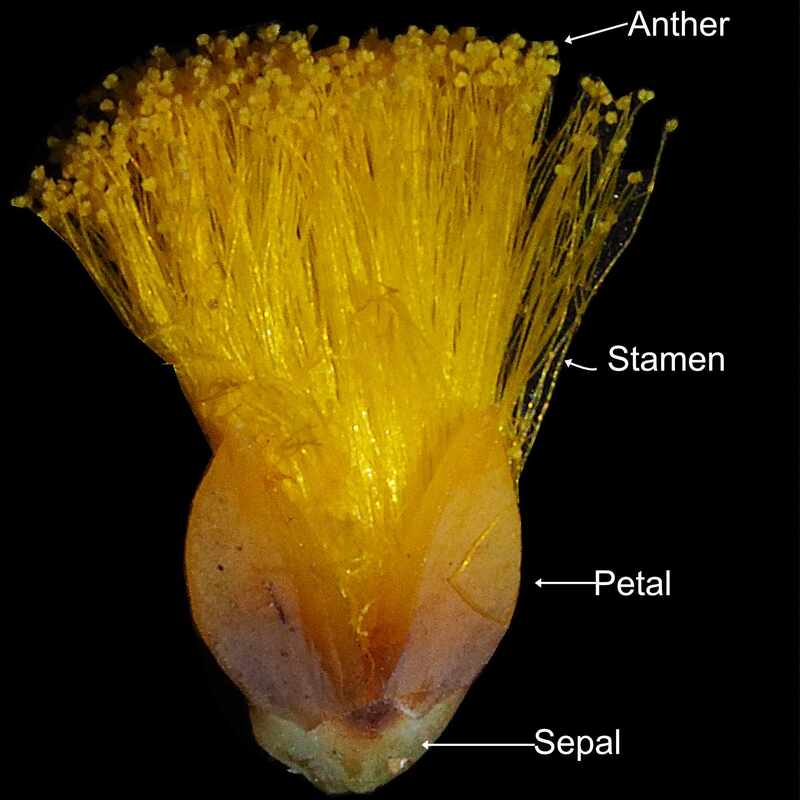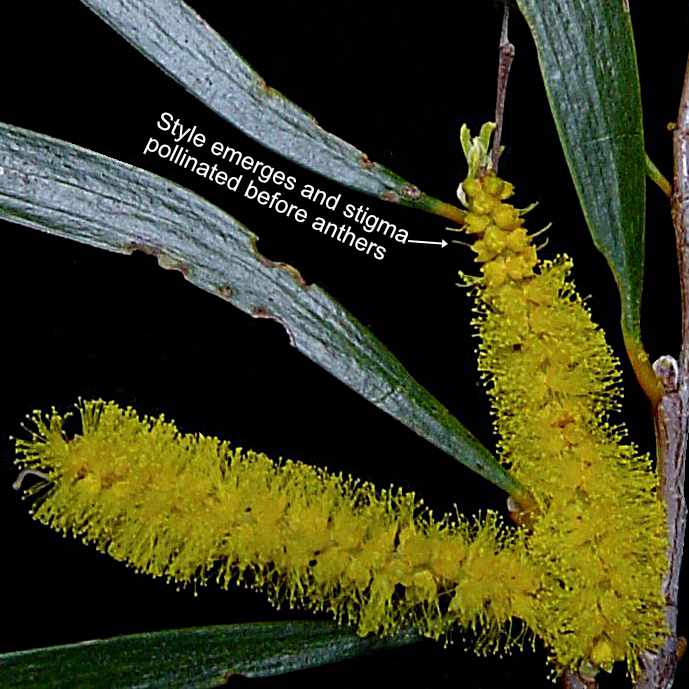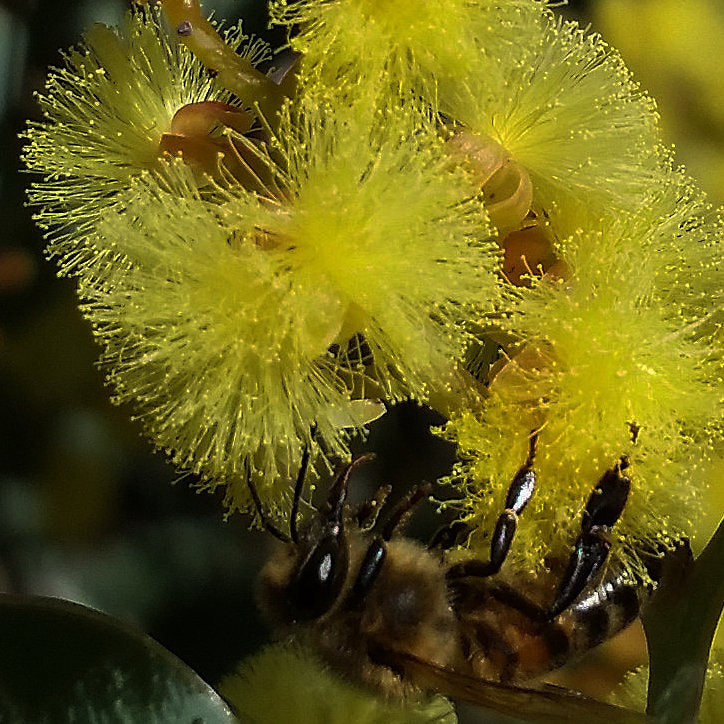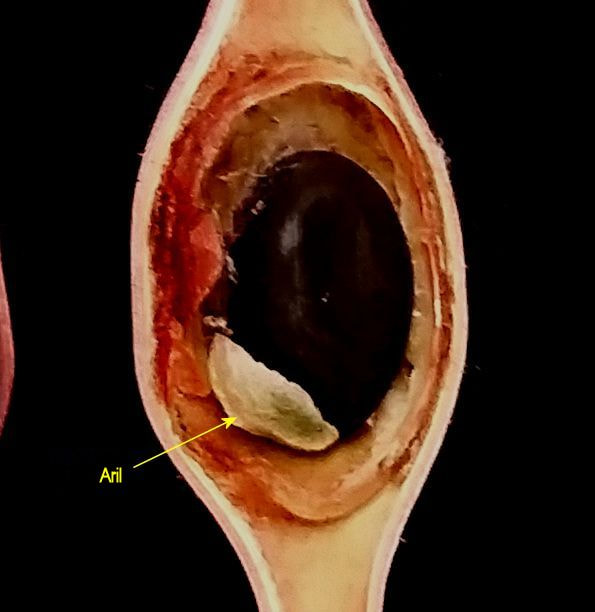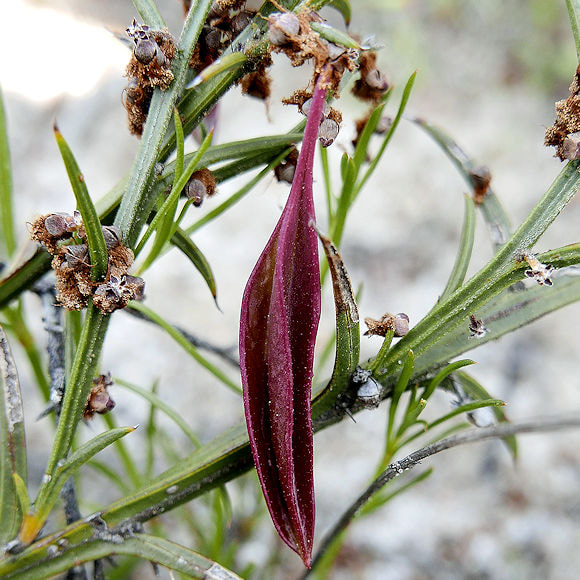| Greetings fellow foxies, Recently I was musing on genus Acacia/wattles, which are legumes like the pea flowers, but have such different flowers. I selected Acacia stenoptera for examination, and delved into the murky world of Google for answers. O.M.G. this was heavy going, and as usual muddied by taxonomic revisions. Anyway here are a few layman observations.
|
- In addition to many stamens per flower, some flowers or flowering heads are male-only (no pistil).
- Individual flowers avoid self-pollination because the stigma and anthers mature at different times. In most species, the stigma appears and matures before stamens emerge and flowers last for 5 to 13 days. Some species have shorter- lasting flowers where anthers mature before the stigma appears.
- Most acacia flowers lack nectar and rely on scent and a dazzling yellow colour to attract pollinators. I think that most pollination is done by pollen-collecting bees. Birds, flies (particularly hover flies), and pollen-eating wasps may also be involved. The taxonomy literature is so confusing, I couldn't work out which subgenus a species belongs to, or their pollinators.
- Most acacias secrete nectar from special glands on stems and phyllodes (flattened leaf-like stems) to attract ants, which keep parasites away.
- Despite producing thousands of flowers, relatively few produce their pea-like pods. I suspect this may be because the seed is very long lasting and requires fire to germinate. Some seeds have a fleshy part (aril) to attract ants, which take the seed down their burrows away from predators.
- Noongars collected acacia seeds as bush tucker. A wacky friend of mine was going to make a fortune selling acacia flour noodles - until weevils crawled out of the seeds :) .
